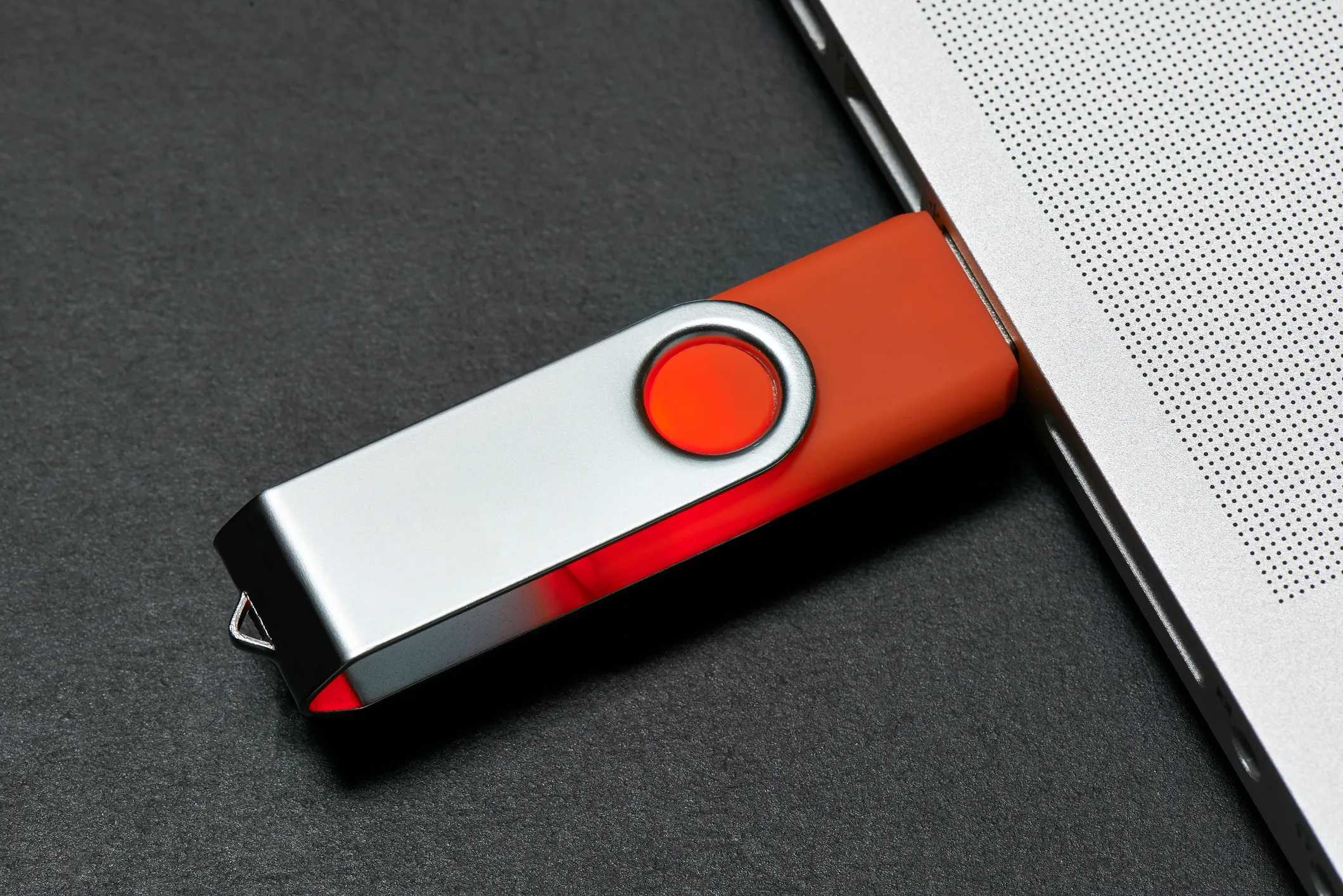When you’re working on different computers or updating your technology, there’s a big concern to worry about: what if some of your most important documents and files disappear? If you’re worried about losing absolutely anything on your desktop or laptop, you need to grab a flash drive.
A USB flash drive is a handy tool, especially if you need to back up documents, photos, or software. And they’re quick and easy storage solutions – here’s everything you need to know about using a flash drive.
Flash Drives Use Flash Memory
Flash drives are an easy way to grab files from a computer and store them. They make it easy to transfer files from computer to computer too, as you can simply stick a USB flash drive into any computer with a USB port. But, most importantly, flash drives work by using flash memory.
To understand what, exactly, happens when you store documents on a flash drive, you need to know about flash memory. Flash memory is the process by which a flash drive stores stuff – so flash memory is what’s keeping your files safe and stored.
Commonly, memory is referred to as RAM (Random Access Memory). However, RAM is a type of computer memory that only works when there’s a power source. As long as the device is connected to electrical power, RAM uses electrical patterns to “remember” and keep your data. If the power goes out, the computer “forgets” and loses every piece of information it had stored.
According to Explain That Stuff, however, flash memory isn’t a form of RAM. It’s actually a type of storage that’s more similar to ROM, or Read-Only Memory, which doesn’t need electricity to store information. Flash memory chips, which are what you’ll find inside flash drives, are designed to keep information and files even when power is switched on and off. Unlike traditional ROM devices, flash memory lets you erase files and add news ones as often as needed.
So, simply put, a flash drive relies on flash memory to pull up your documents every time it’s plugged in. And when you take a flash drive out, it’ll never “forget” what you stored on its memory chip.
What Happens When You Use a USB Flash Drive
USB flash drives have become an incredibly common way to back up files and data, but not everyone knows how these storage solutions work. Essentially, a USB flash drive is a device that uses flash memory to pull files from a computer’s hard drive and store them safely.
A flash drive is made up of a few different components:
- A PCB (printed circuit board) covered in plastic casing for protection.
- A USB connector, which is usually covered by a removable cap.
According to Tech Spirited, here are the details of how a flash drive works and what happens when you plug one into your computer’s USB port:
- The flash drive is inserted into a computer’s USB port, or type-A USB connector.
- The USB connector communicates between the drive and the computer.
- The computer recognizes the drive as a separate hard drive, allowing users to move files from the computer’s hard drive to the flash drive.
- As files are moved onto the flash drive, a flash memory chip handles the actual job of storing the data.
- Once you’ve finished transferring files and data, the flash drive is ejected from the computer.
USB flash drives handle all of the tough work of file storage for you. There’s no need to back up files or perform security checks – a USB flash drive securely stores anything you transfer or “drag and drop” onto its memory chip. And whether or not your flash drive is plugged into a USB port, your data is stored and never forgotten. You choose when you’re ready to delete the files stored on the flash drive.
Back Up Your Most Important Documents on a Flash Drive
While the inner workings of a flash drive might be a little complex, there’s nothing difficult about using these devices to store your files, photos, and information. If you’re looking for a way to back up or transfer files, a USB flash drive is the perfect short-term solution. They sync effortlessly with any computer, making it easy to pull exactly what you need right off your hard drive.
Additionally, USB flash drives are lightweight and portable. You can store any number of files on them depending on their size, and carry them wherever you need to take your files. And they’ll never erase your documents or photos, ensuring you’re protecting these assets and data.
Make life a little easier by using flash drives to store your most important – or most needed – files and information. You’ll never be without the paperwork, photos, or documents you need when you have a flash drive with you.
